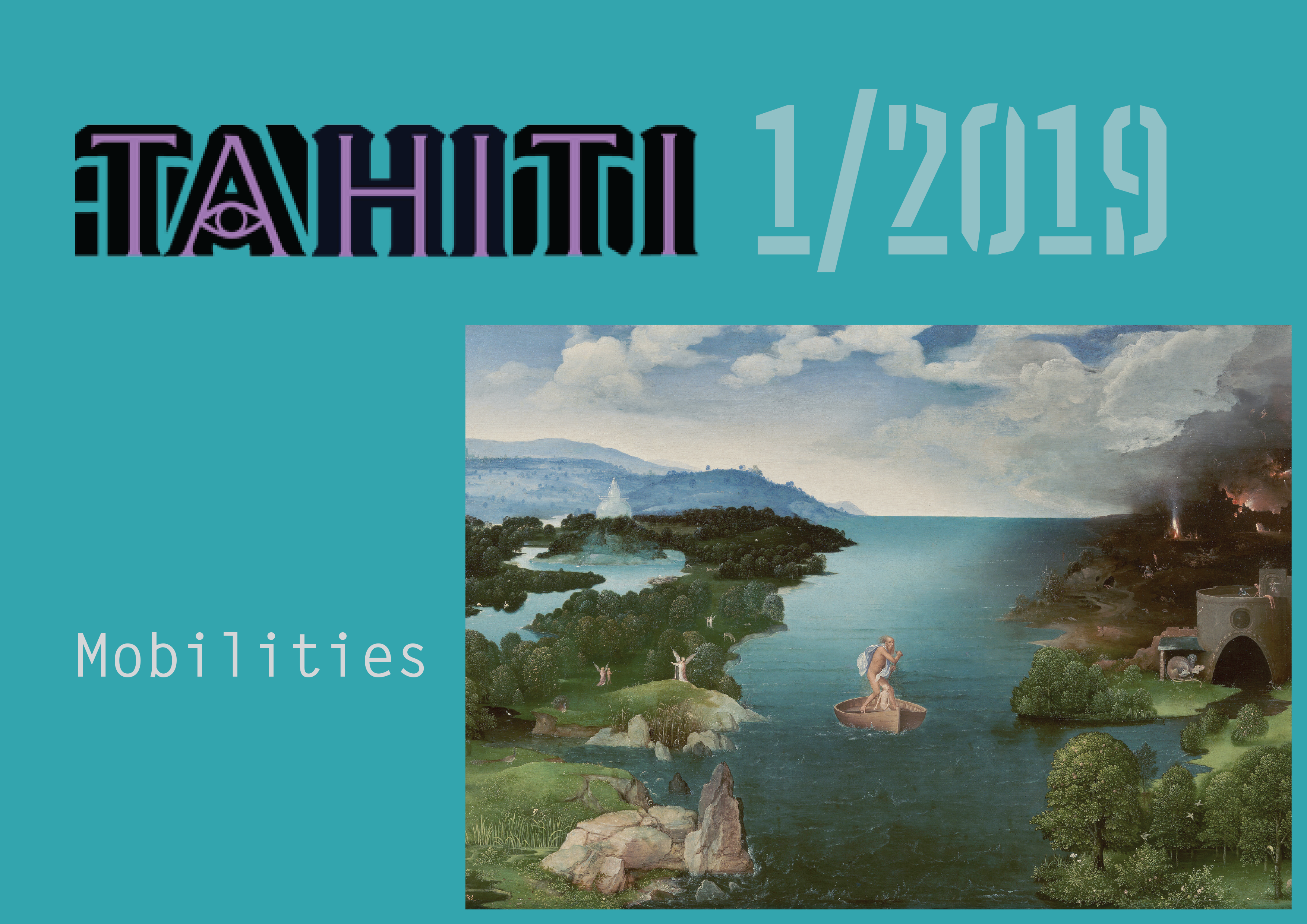”Douce Mélancolie” à la Scena per Angolo: The Sublime Melancholy of Hubert Robert – Detached from Roman Models
Abstract
In this paper I trace how melancholy and paintings of ruins link together in Hubert Robert’s (1733–1808) images and how we can also comprehend some other concepts close to melancholy in order to understand his images. As far as I know there has not been a great deal of serious discussion of what implications Denis Diderot’s characterization of Robert’s ruin paintings as douce mélancolie would have. In this sense the question is how we can see, sense or grasp a certain kind of melancholy on the level of painted scenes and dominant visual elements of Robert’s works.
While the Renaissance excluded sadness from its view of melancholy, the 18th century left cosmology out of its arsenal of melancholy. When melancholy was no longer subject to cosmic-religious control, there appeared new sentiments or correlatives to “shape” melancholy, like a new idea of (bourgeois) sensibility.
Robert painted hundreds of paintings and drawings depicting huge colonnaded galleries with broken vaults. A large number of these images differ significantly from their ancient historical references. In Robert’s painted oeuvre caprice is a key word. The main type of caprice is the elongation of the gallery-hall in a lateral perspective. Repetition is connected to the principle of the sublime via megalomania. Repetition is one symptom of melancholy, a kind of obsessive return to the same themes and motifs, the substitutes for unforgotten love objects. A strange connection emerges between sensibility, capriccio and the sublime in his works.
The colossal ruins have been represented in a way which places scenery inside the gallery, so that it forms a kind of interior landscape. Skies are only glimpsed through apertures in the vault. It is hard to find signs of transcendence in Robert’s ruin paintings in spite of the sensation of the immense, almost inhuman, length of colonnades. People depicted in the scenes are commonplace in character. The cosmic infinity which was so important for earlier views of melancholy is changed into the feeling of lackluster glory. The greatness of Rome has been described as an anonymous greatness of fancy which even blurs the sense of historical time.









